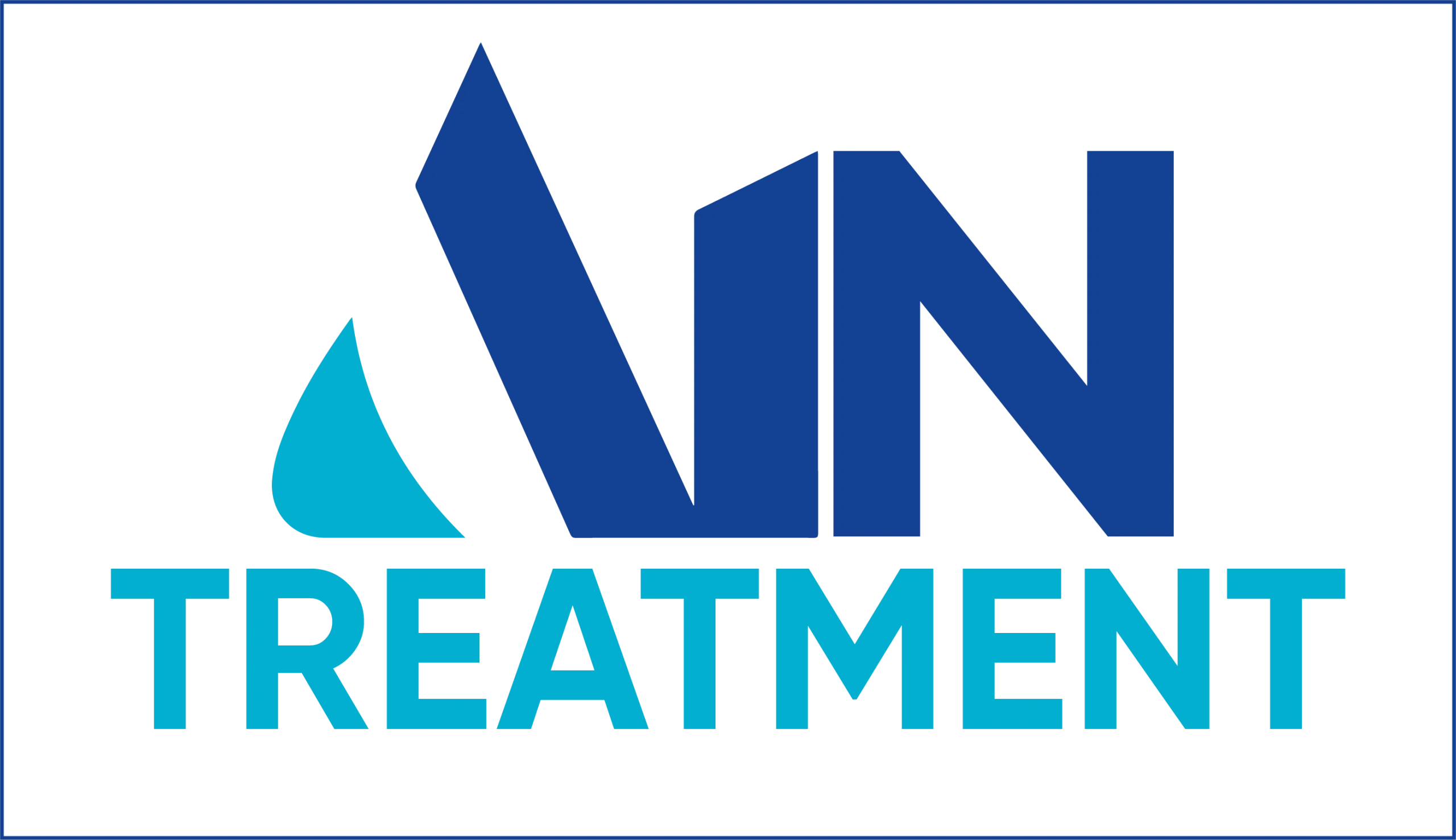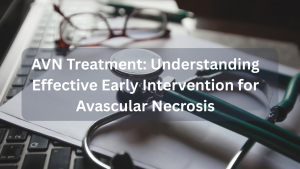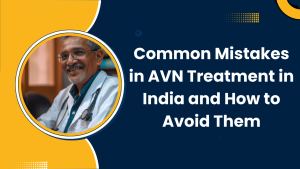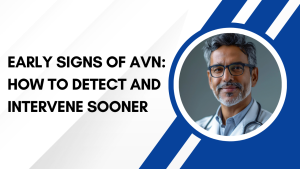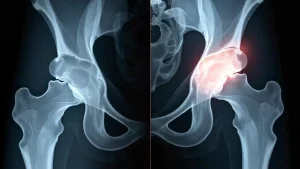Overview
At our medical organization, we see many cases of avascular necrosis, or AVN, each year. This condition happens when blood flow to a bone stops, and the bone tissue dies. It often affects the hip, knee, or shoulder joints. In India, AVN strikes people in their 30s and 40s more than in other places. We know prevention matters because early action stops the problem from starting. Many people make mistakes that increase their risk. We will show you those mistakes and how to avoid them. This way, you protect your bones and stay healthy
Mistake 1: Ignoring Early Warning Signs of Poor Blood Flow
If you feel pain in your hip, knee, or shoulder that does not go away with rest, see a doctor right away. We recommend a simple check-up with an X-ray or MRI. These tests spot poor blood flow early. In our clinics, we find that patients who act fast avoid surgery later. For example, if you work in a job that keeps you on your feet all day, like teaching or farming, take breaks to rest your joints. Stretch every hour to keep blood moving. This habit will lower your risk.
We also suggest tracking your symptoms in a notebook. Write down when the pain starts and what makes it worse. Share this with your doctor. In India, where access to specialists varies by region, start with your local clinic. They will guide you to the proper tests. By spotting signs early, you prevent AVN from advancing. Remember, bones need a steady blood supply to stay strong. Ignore the signs, and the bone weakens over time.
Mistake 2: Overlooking Common Risk Factors in Daily Life
Many individuals fail to recognize risk factors that lead to AVN. They smoke, drink alcohol often, or take steroids for other health issues without thinking about the side effects. In India, steroid use for conditions like asthma or skin problems is common every day. People take them for quick relief, but do not know they block blood vessels in bones. Smoking narrows those vessels, too. Heavy drinking adds to the problem by harming liver function, which affects blood flow.
Avoid this by knowing your risks. If you smoke, quit now. We see that quitting improves blood flow within weeks. Join a support group or use nicotine patches available at pharmacies in India. For alcohol, limit it to one drink a day if you must have it. Better yet, stop altogether. If your doctor prescribes steroids, ask for the lowest dose and shortest time possible. In our experience, patients who switch to other treatments for chronic conditions reduce their AVN risk.
Other risks include high cholesterol and blood clotting disorders. In India, diets rich in fried foods raise cholesterol levels. Get your blood tested yearly. If levels are high, eat more fruits, vegetables, and whole grains. Walk for 30 minutes daily to keep your heart healthy. This boosts blood circulation to all parts, including bones.
We advise at-risk people, like those with sickle cell disease, familiar in some Indian states, to get regular check-ups. Sickle cell blocks blood flow, so managing it prevents AVN.
Trauma from accidents also raises the risk. In busy cities like Mumbai or Delhi, road accidents happen often. If you injure a joint, seek treatment right away. Do not rely on home remedies alone. Follow up with physical therapy to restore blood flow. By addressing these factors, you shield your bones from harm.
Mistake 3: Neglecting a Bone-Healthy Diet
People make the error of eating foods that hurt bone health without adding nutrients that help. They consume too much processed food, salt, and sugar, which leads to inflammation. This inflammation slows blood flow to bones. In India, street food and snacks like samosas or sweets are tempting, but they lack vitamins. Without enough calcium and vitamin D, bones weaken, making AVN more likely.
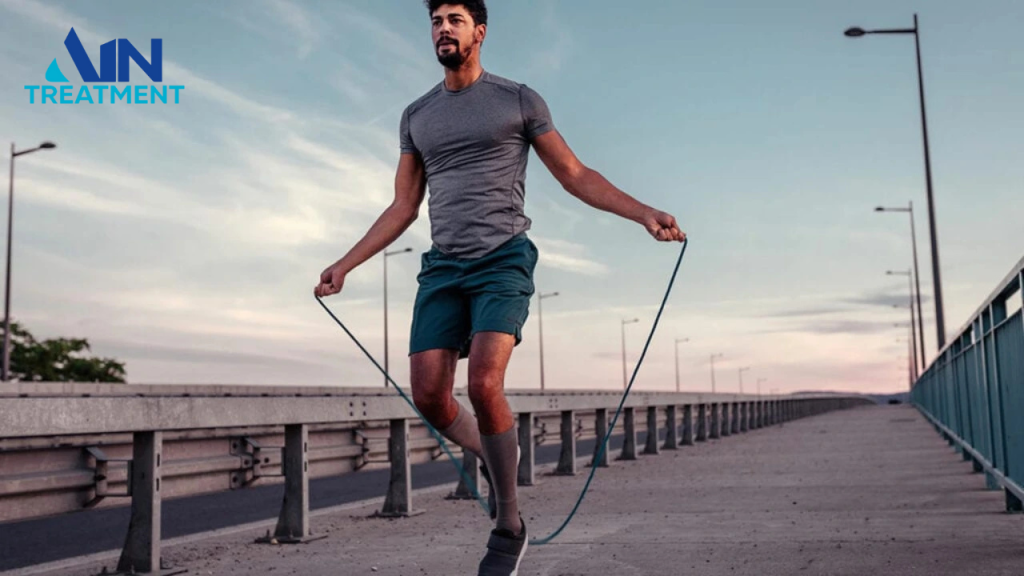
Fix this by choosing better foods. Eat dairy products like milk, yogurt, and paneer for calcium. Include leafy greens such as spinach and fenugreek. For vitamin D, spend 15 minutes in the sun each morning. In areas with less sunlight, like during monsoon season, take supplements as your doctor advises. We recommend 1,000 IU of vitamin D daily for adults at risk.
Add foods that fight inflammation. Turmeric, a staple in Indian cooking, helps with its curcumin content. Use it in curries or milk. Ginger and garlic also reduce swelling. Eat fatty fish like rohu or hilsa twice a week for omega-3 fats, which improve blood flow. Avoid soda and limit caffeine, as they pull calcium from bones.
For those with diabetes, a common issue in India, is controlling your blood sugar. High sugar damages blood vessels. Follow a meal plan with low-glycemic foods like millets and lentils. It will keep your vessels open and protect your bones. In our organization, we guide patients to dietitians who tailor plans to Indian tastes. A good diet prevents mistakes that lead to AVN.
Mistake 4: Skipping Regular Exercise and Movement
A big mistake is staying inactive. People sit for hours at desks or avoid exercise due to joint pain. This reduces blood flow to bones. In India, office jobs and traffic keep many people still.
Without movement, muscles weaken, and joints stiffen. This setup invites AVN, especially in the hips.
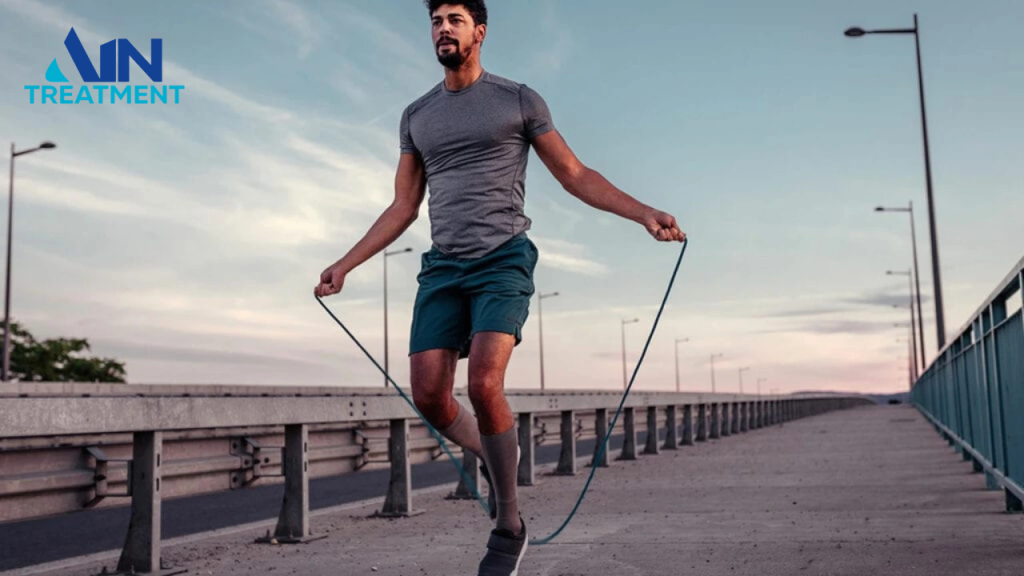
Counter this with daily activity. Walk freely for 30 minutes each day. In parks or on quiet streets, this boosts circulation. Practice yoga, a tradition in India, to improve flexibility and blood flow. Poses like child’s pose or downward dog help without straining joints. Do them for 20 minutes in the morning.
If you have a desk job, stand and stretch every hour. Use stairs instead of elevators. For those at higher risk, like after an injury, join a low-impact class. Swimming or cycling works well in Indian gyms or community centers. We tell patients that consistent movement strengthens bones and prevents blood flow issues. Start slow if you are new to exercise. Build up to avoid injury.
Weight management ties in here. Extra weight stresses joints and slows blood flow. Lose weight through balanced meals and activity. Aim for a BMI under 25. In our clinics, we track progress and adjust plans. Exercise prevents the mistake of inactivity that leads to AVN.
Mistake 5: Relying on Unproven Remedies Without Medical Advice
Many turn to home remedies or untested supplements without consulting a doctor. They hear about herbs or oils that “cure” bone problems and try them alone. In India, ayurvedic treatments are popular, but using them wrong harms more than they help. Some herbs thin blood too much, worsening flow issues.
Avoid this by talking to your doctor first. If you want natural options, choose proven ones. For example, ashwagandha supports stress reduction, which aids blood flow. But take it under guidance. We integrate safe ayurvedic methods in our treatments.
Do not skip prescribed medicines for alternatives. If you have conditions like lupus or rheumatoid arthritis, which raise AVN risk, stick to your treatment plan. In India, access to rheumatologists varies, so use telehealth if needed. Regular blood tests monitor your health.
We warn against online advice that promises quick fixes. Verify sources. In our organization, we provide fact-checked info. By seeking professional help, you dodge mistakes that accelerate AVN.
Mistake 6: Forgetting About Stress and Its Impact on Bones
Stress builds up without notice, and people ignore how it affects the body. High stress raises cortisol levels, which narrow blood vessels. In fast-paced Indian life, with work pressure and family duties, stress stays high. This contributes to AVN by limiting blood to the bones.
Manage stress to prevent this. Practice deep breathing for 10 minutes daily. Meditation, rooted in Indian culture, calms the mind. Apps or local classes make it easy. Get enough sleep, aim for 7-8 hours per night. Poor sleep worsens stress.
Spend time with family or friends. Hobbies like reading or gardening help too. If stress feels overwhelming, see a counsellor. In our medical group, we link patients to mental health support because it is tied to physical health. Lower stress protects your bones.
Mistake 7: Not Getting Regular Health Screenings
People skip annual check-ups, missing chances to catch risks early. They feel fine and think tests waste time. But AVN risks like high blood pressure or clotting issues show no symptoms at first. In India, with crowded hospitals, people delay visits.
Schedule screenings yearly. Check blood pressure, cholesterol, and bone density. For those over 30 or with a family history, add vascular tests. We perform these in our centers and explain results clearly.
If you take medications that affect bones, monitor side effects. Adjust as needed. Early detection stops AVN before it starts.
Mistake 8: Ignoring Genetic and Family History
Many overlook a family history of bone or blood disorders. If relatives had AVN or related issues, your risk rises. In India, genetic conditions like thalassemia affect blood flow.
Discuss your family history with your doctor. They will test for inherited risks. If positive, follow a strict prevention plan. We help families understand these links.
Mistake 9: Overdoing High-Impact Activities
Enthusiasts push too hard in sports or heavy lifting, injuring joints. This cuts blood flow. In India, cricket or manual labour causes many issues.
Choose moderate activities. Warm up before exercise. If pain starts, stop and rest.
Mistake 10: Not Staying Hydrated
Dehydration thickens blood, slowing flow to bones. In hot Indian climates, people forget to drink water.
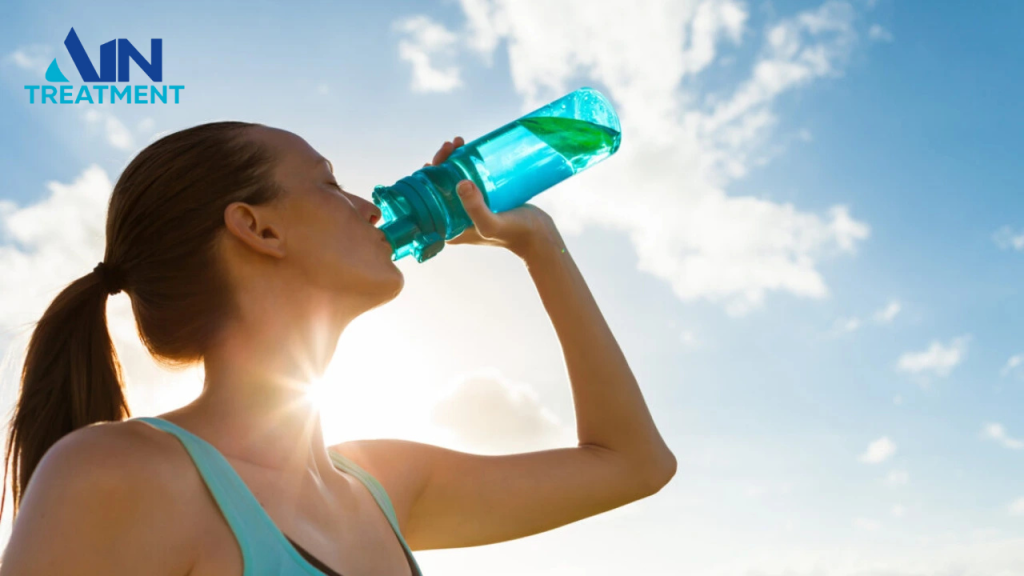
Drink 8-10 glasses daily. Add electrolytes in summer. Hydration supports bone health. By avoiding these mistakes, you lower your AVN risk. We at our organization commit to guiding you. Contact us for personalized advice. Prevention works when you act now.
TakeAway
To prevent avascular necrosis, avoid key mistakes like ignoring early joint pain, overlooking risks such as smoking or steroid use, and neglecting a nutrient-rich diet with calcium and vitamin D from Indian staples like yogurt and greens. Stay active with daily walks or yoga to boost blood flow, manage stress through meditation, and get regular health screenings to catch issues early.
